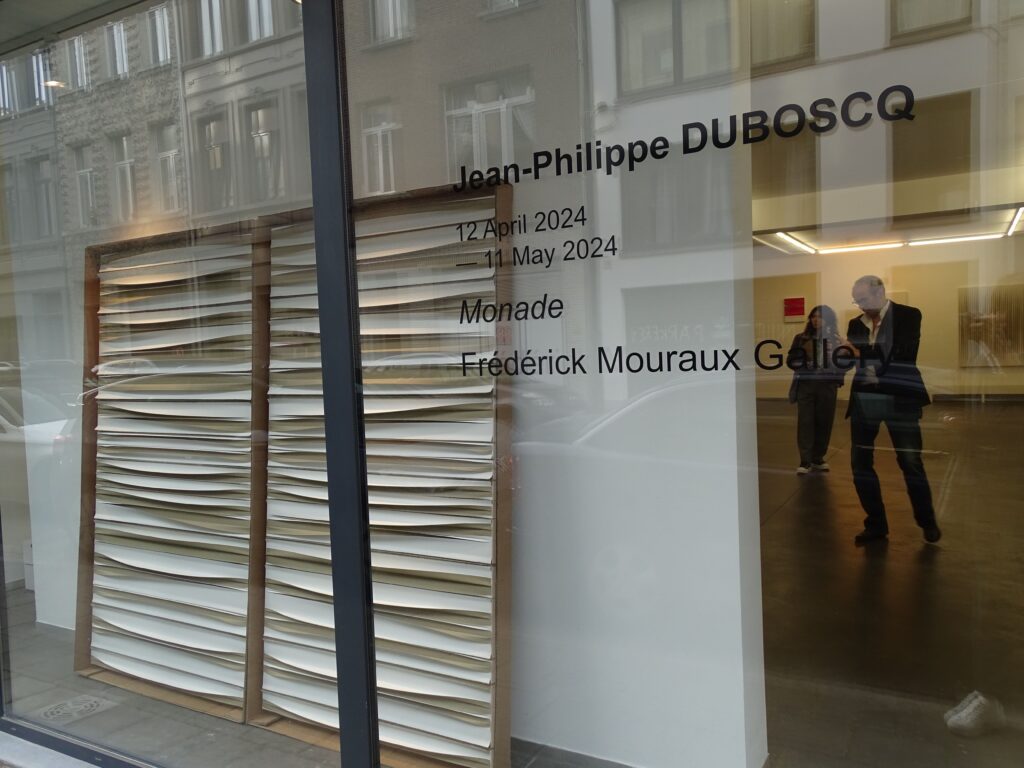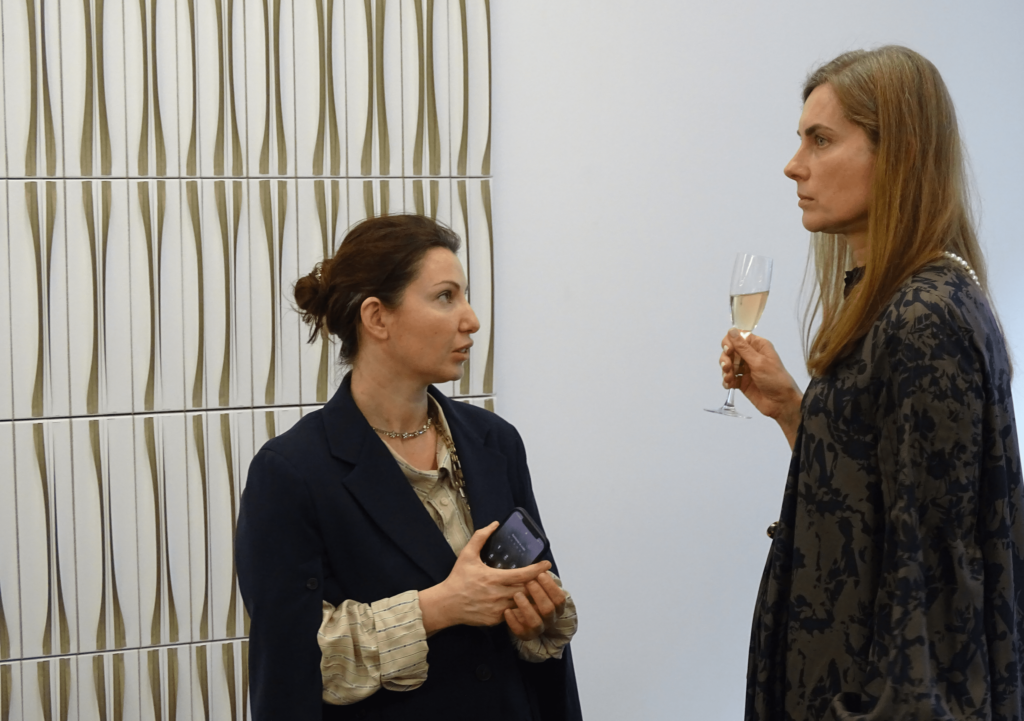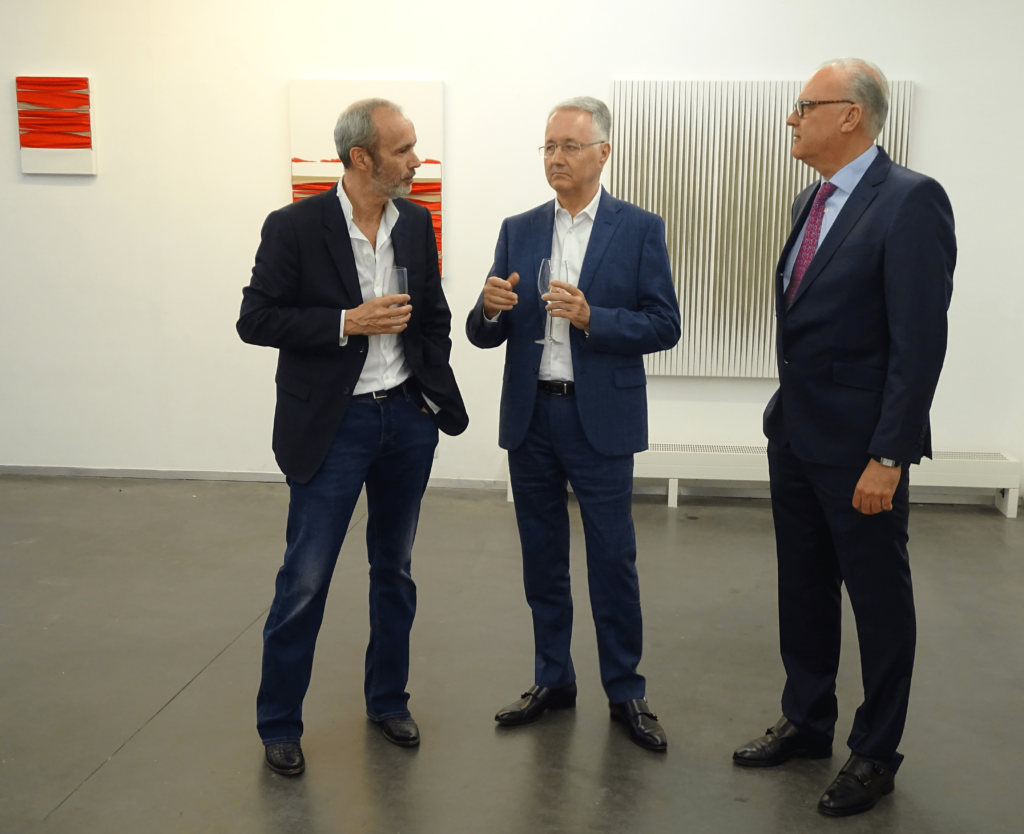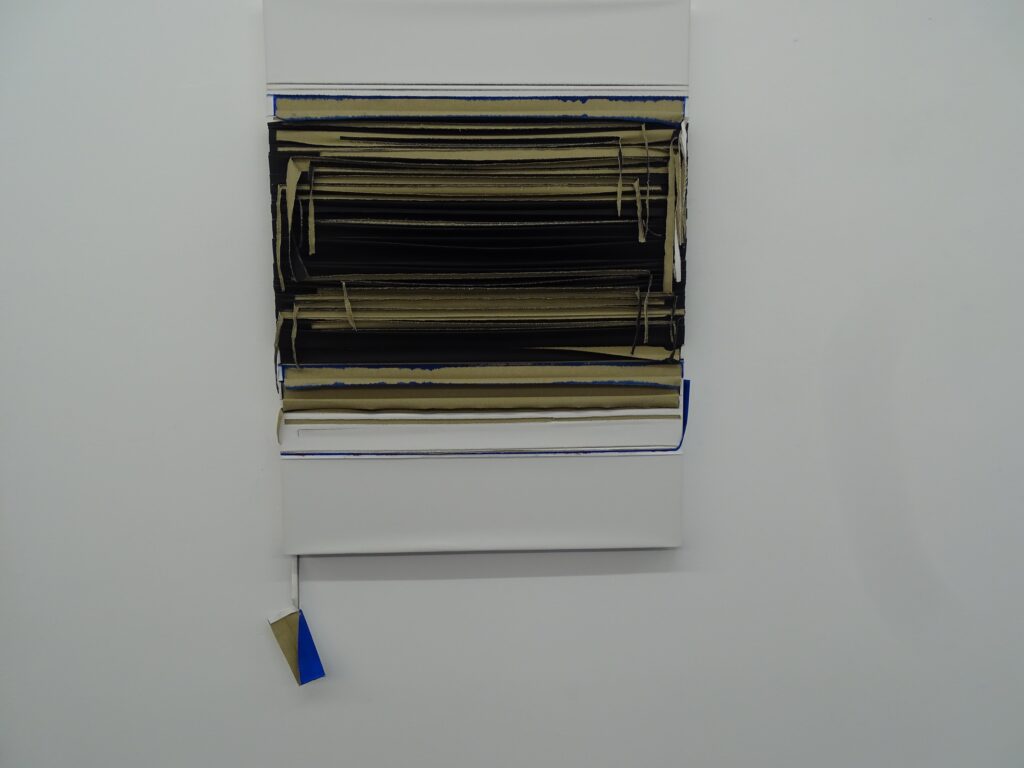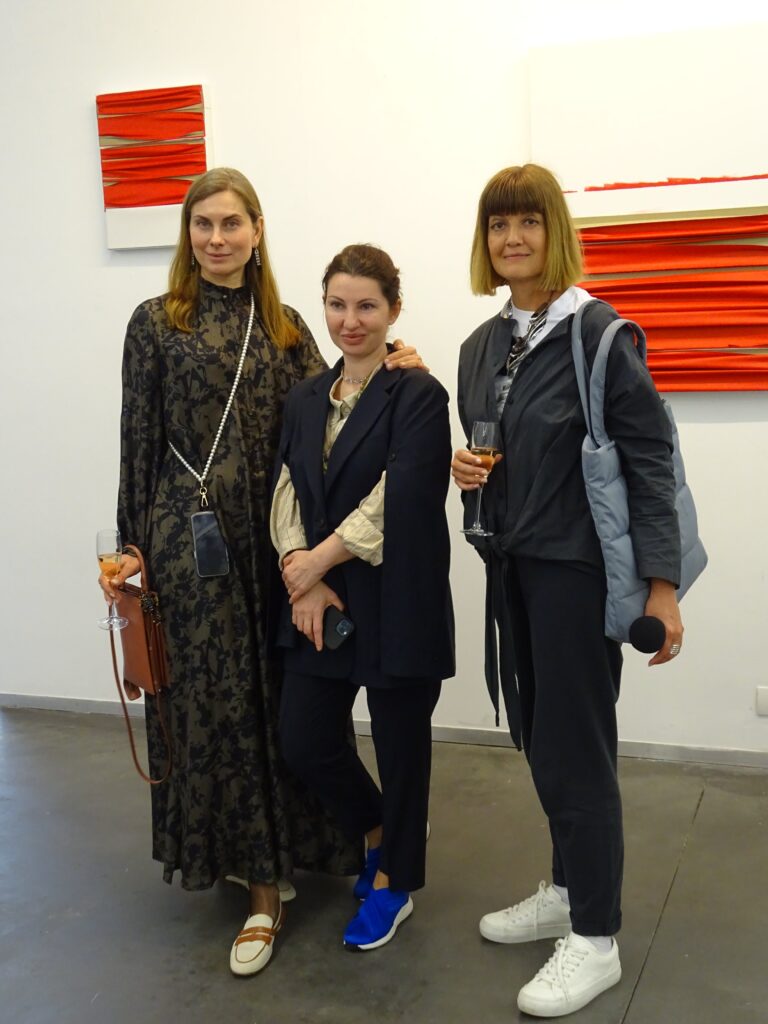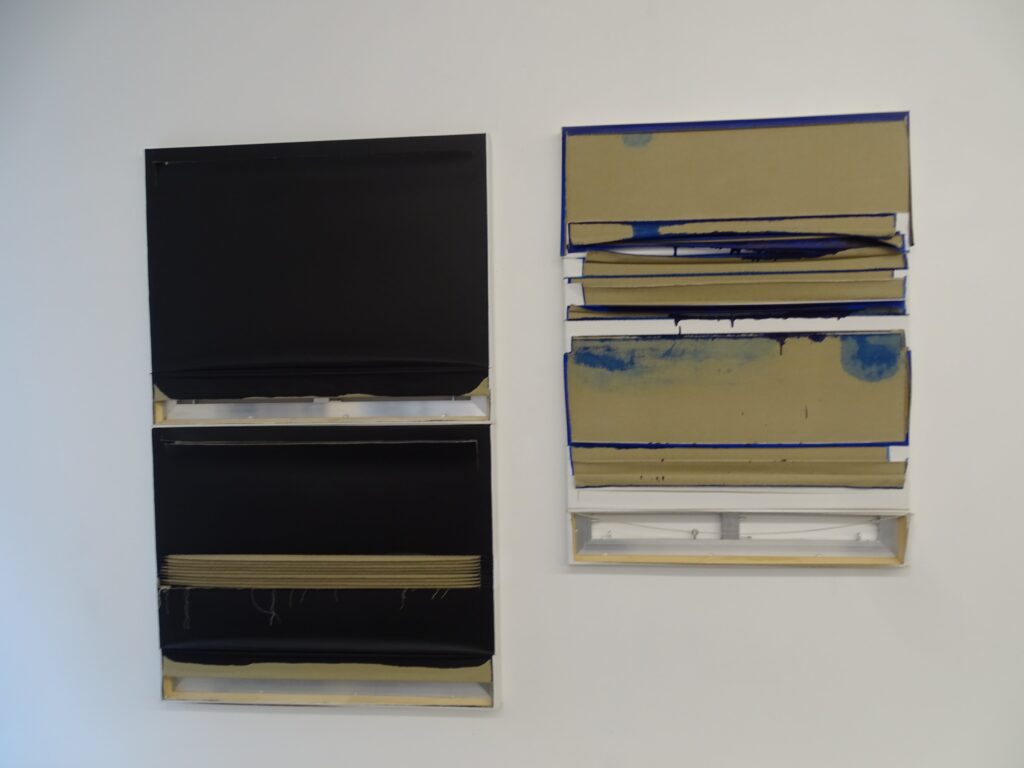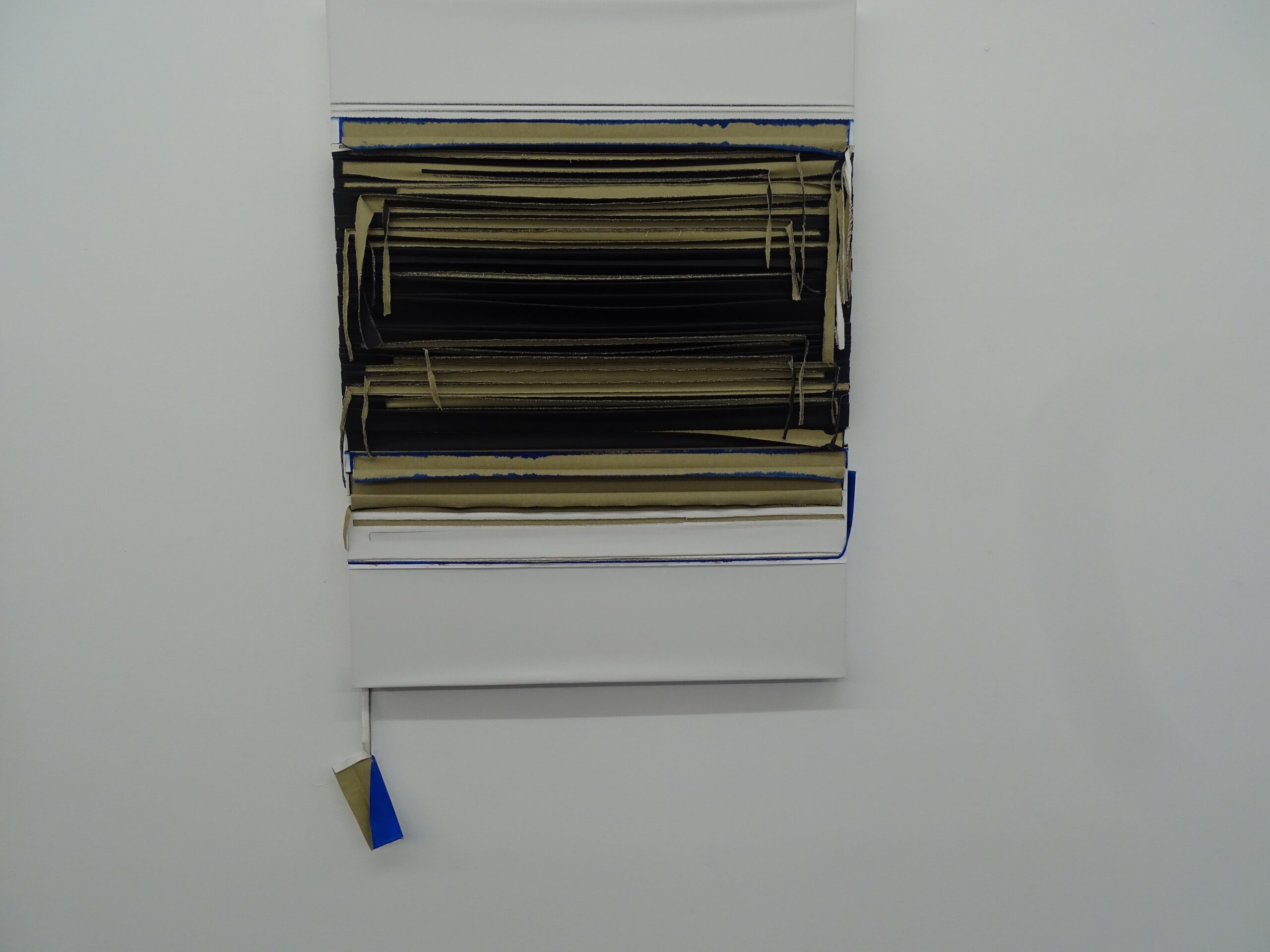In the gallery business today both nomadic projects and collaborations between galleries, as well as cross-exhibitions, are popular. The Brussels-based Frederick Moureaux Gallery presented the Franco-Belgian artist Jean Philippe Duboscq at the light-filled NK-gallery (founder Nadya Kotova-Maesen) in the heart of Antwerp’s museum district.
Jean Philippe’s works not only fit perfectly into the gallery’s interior but also entered into a dialogue with it. For example, the piece displayed in the showcase remained in its cardboard case by its internal logic, which added to its completeness. And the blanket used in the installation became a part of it. Thus, the space of the Antwerp gallery seemed to confirm its acceptance of the Brussels one.
French artist Jean Philippe Duboscq decided to live in Belgium at the age of 16 and joined La Cambre in Brussels to study painting and fine arts. While in the 20th century Belgian artists moved to France for mastering the secrets of craftsmanship.
As a conceptual artist Jean-Philippe creates non-figurative canvases close to applied art, becoming a spectator of their independent and constant movement in space. They resonated with me with the Institut du Monde Arabe in Paris by his compatriot architect Jean Nouvel, whose shutters move depending on changes in sunlight. Moving through the gallery, you change your perception of the art objects.
This artist’s project is related to the concepts of instability, randomness, and unpredictability: it reveals what he cannot control or what escapes him. He acts by destruction or rupture. Through successive layers, he covers canvases with paint, the bright pigments of which are carefully selected.
The artist creates so-called “folds.” “A fold is an infinite mystery, it is a container, the magic of the baroque, which cannot stand to be brought into the light” (Jean Philippe Duboscq)
The curator of the exhibition of the Franco-Belgian artist is Zarina Tayts.
